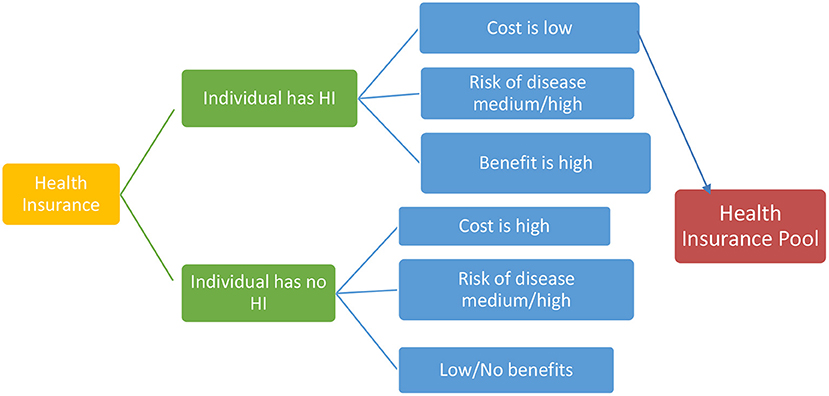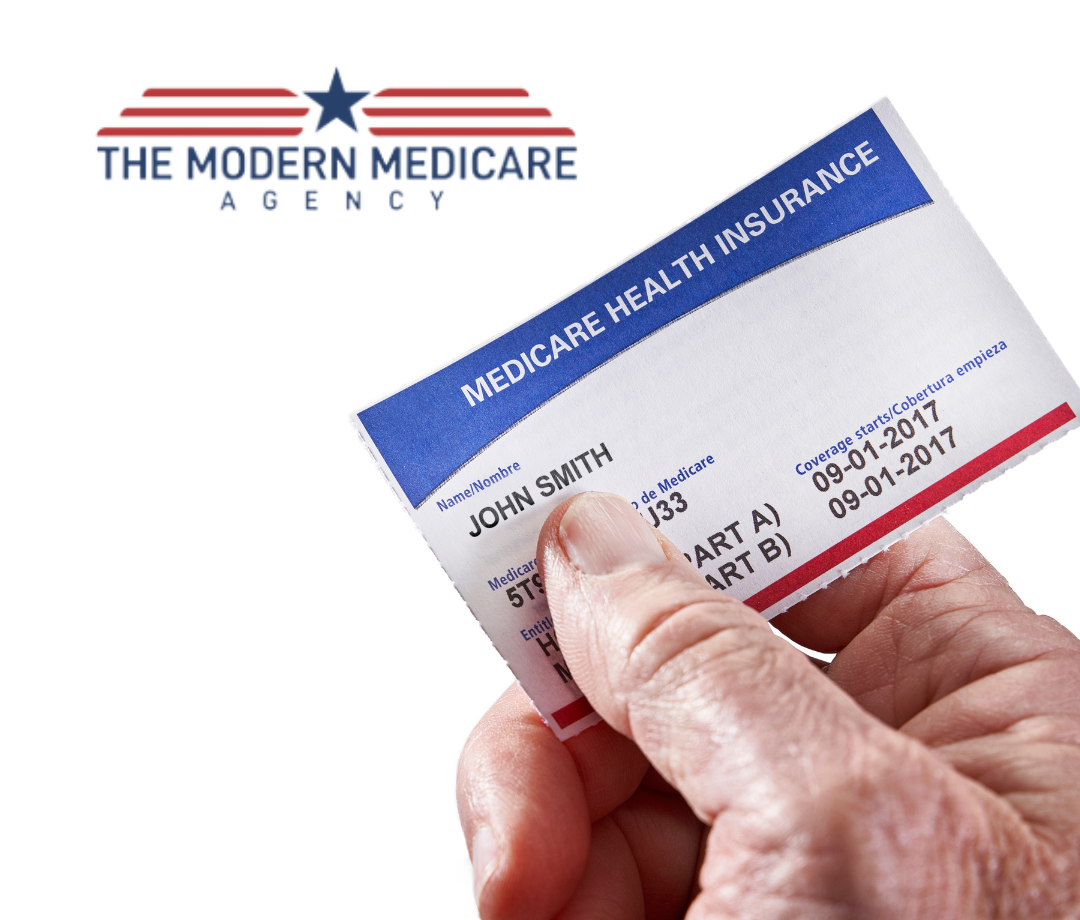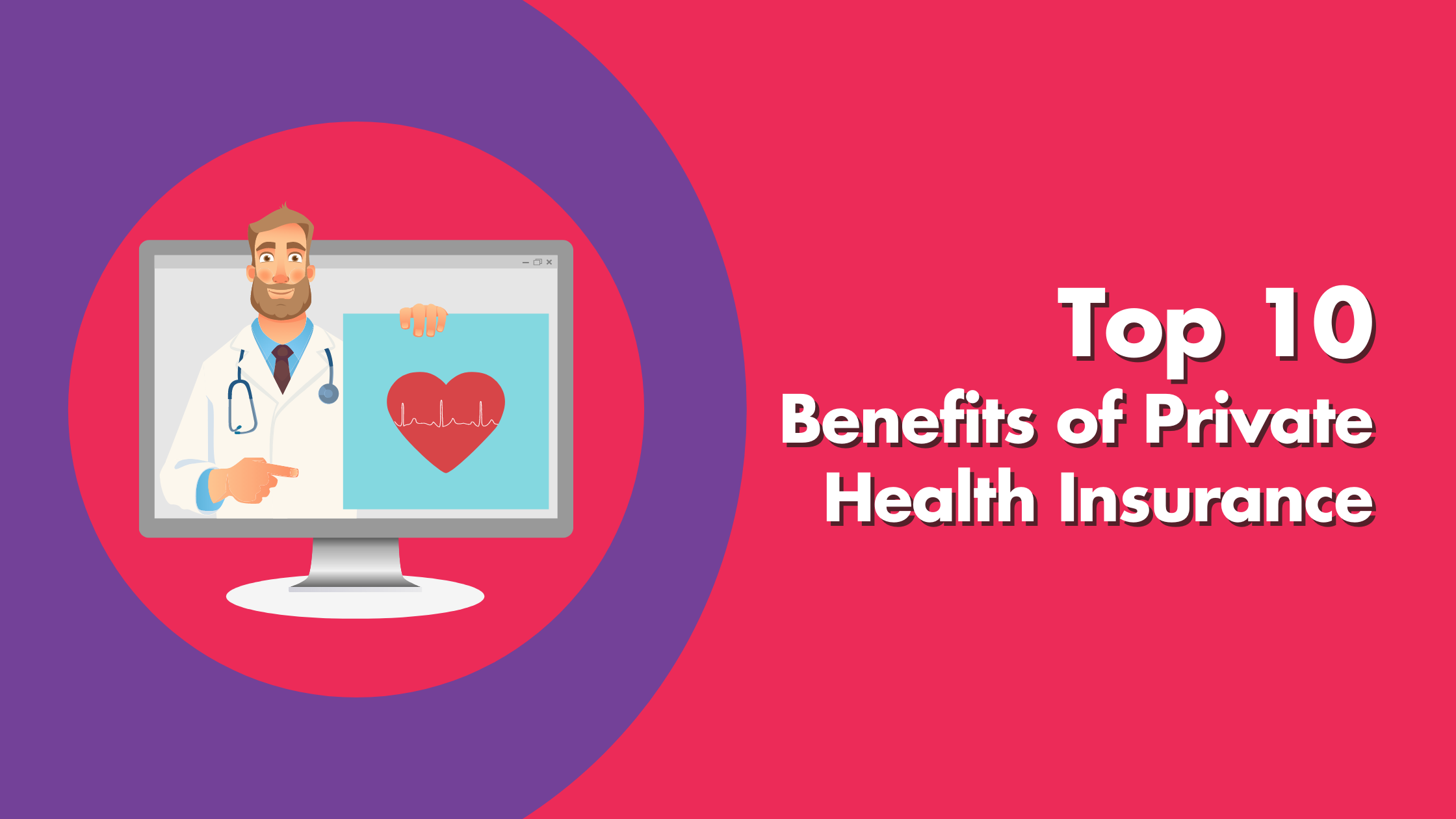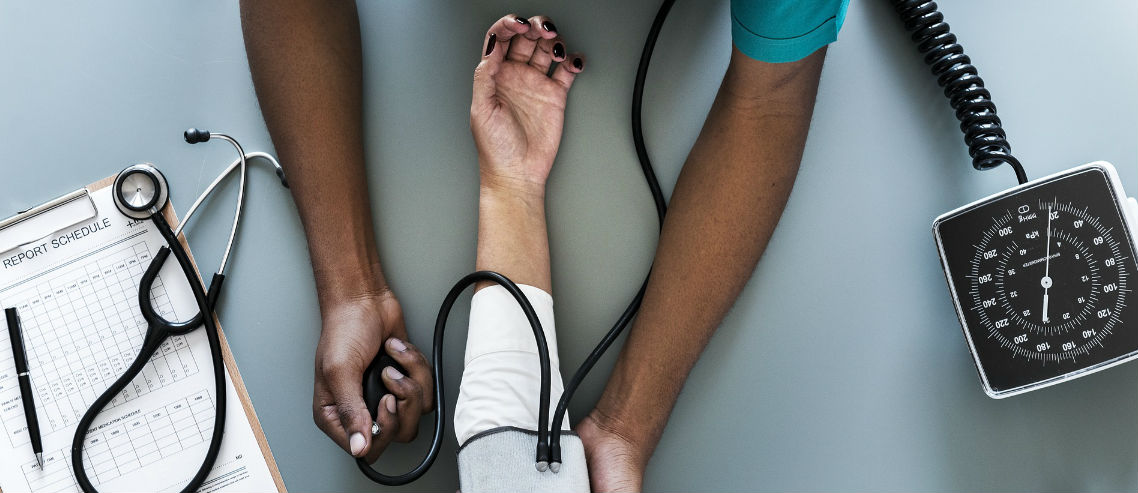Getting My Medicare Advantage Agent To Work
Getting My Medicare Advantage Agent To Work
Blog Article
How Medicare Advantage Agent can Save You Time, Stress, and Money.
Table of ContentsAbout Medicare Advantage AgentSome Known Facts About Medicare Advantage Agent.Unknown Facts About Medicare Advantage Agent


follows from complies with the relatively young age profile of account uninsured with the better healthMuch better health and wellness average, of younger personsMore youthful For those without access to workplace health and wellness insurance policy, bad wellness is a potential barrier to buying nongroup insurance coverage due to the fact that such insurance coverage may be highly valued, leave out preexisting conditions, or be simply unavailable. Unless or else noted, nationwide quotes of individuals without health insurance coverage and proportions of the populace with various kinds of protection are based on the CPS, the most commonly used source of quotes of insurance policy protection and uninsurance prices.

Excitement About Medicare Advantage Agent
Over a three-year duration beginning early in 1993, 72 million individuals, 29 percent of the U.S. population, lacked coverage for a minimum of one month. Within a solitary year(1994), 53 million people experienced at least a month without coverage(Bennefield, 1998a). 6 out of every ten without insurance grownups are themselves utilized. Functioning does boost the possibility that one and one's family members will certainly have insurance coverage, it is not an assurance. Even participants of family members with 2 full time wage income earners have practically a one-in-ten opportunity of being without insurance (9.1 percent without insurance rate)(Hoffman and Pohl, 2000 ). The partnership between health and wellness insurance coverage and access to care is well established, as documented later on in this phase. Although the partnership between medical insurance and wellness outcomes is neither direct neither simple, an extensive professional and wellness services study literary works links medical insurance coverage
to improved access to care, much better top quality, and improved personal and populace health status. As an example, the second record, on individual wellness end results for uninsured adults, is represented by the innermost circle of the figure, while the 3rd record, on family health, incorporates the subjects of the 2nd record yet stresses a various unit of analysis, particularly, the family members. The 6th record in the series will provide info regarding techniques and campaigns undertaken locally, statewide, or nationally to address the absence of insurance coverage and its unfavorable impacts. Degrees of evaluation for examining the effects of uninsurance. This conversation of medical insurance protection focuses largely on the U.S. populace under age 65 since practically all Americans 65 and older have Medicare or various other public coverage.
Furthermore, it focuses specifically on those with no medical insurance for any type of size of time. The issues encountered by the underinsured are in some respects comparable to those article faced by the without insurance, although they are generally less extreme. Uninsurance and underinsurance, nevertheless, entail noticeably various plan concerns, and the strategies for addressing them might differ. Throughout this study and the five reports to follow, the major focus is on individuals without any health and wellness insurance coverage and thus no aid in spending for healthcare past what is readily available with charity and security net organizations. Medical insurance is a powerful variable influencing receipt of care since both patients and medical professionals react to the out-of-pocket price of services. Health insurance, however, is neither necessary nor enough to get access to medical services. The independent and direct impact of health and wellness
insurance coverage on access accessibility health health and wellness solutions well establishedDeveloped Others will obtain the wellness care they require also without medical insurance, by spending for it out of pocket or seeking it from service providers who supply care complimentary or at extremely subsidized prices. For still others, medical insurance alone does not ensure invoice of treatment since of other nonfinancial barriers, such as an absence of health and wellness treatment suppliers in their community, restricted accessibility to transportation, illiteracy, or etymological and social distinctions. Formal research study concerning without insurance populations in the United States dates to the late 1920s and very early 1930s when the Committee on the Expense of Treatment created a series of reports about funding physician office brows through and hospital stays. This issue ended up click being salient as the numbers of clinically indigent climbed throughout the Great Anxiety. Empirical studies constantly sustain the link in between accessibility to care and enhanced health and wellness outcomes(Bindman et al., 1995; Starfield, 1995 ). Having a regular source of treatment can be taken into consideration a forecaster of access, rather than a straight action of it, when health outcomes are themselves utilized as accessibility indicators. This expansion of the concept of access measurement was made by the IOM Committee on Checking Access to Personal Health Care Services(Millman, 1993, p. Whether or not moms and dads are guaranteed shows up to impact whether their kids get treatment along with exactly how much careeven if the youngsters themselves have protection(Hanson, 1998). The health of parents can affect their ability to care for their youngsters and the level of family stress. Fretting about their kids's accessibility to care is itself a resource of tension for parents. Three phases adhere to in this report. Phase 2 offers an introduction of just how employment-based medical insurance, public programs and private insurance policy plans operate and interact to supply comprehensive yet insufficient insurance coverage of the united state populace. This includes a testimonial of historic trends and public plans influencing both public and personal insurance coverage, a discussion of the interactions among the various kinds of insurance policy, and an examination of why individuals move from one program to an additional or finish up

Report this page